ReservationSearch and reserve rooms
Click here to confirm, change or cancel your reservation
Shinkansen accommodation plan
提携法人専用予約
2024.03.25
Beyond 100 years, what Jiyu Gakuen Myonichikan is passing on to the town of Ikebukuro
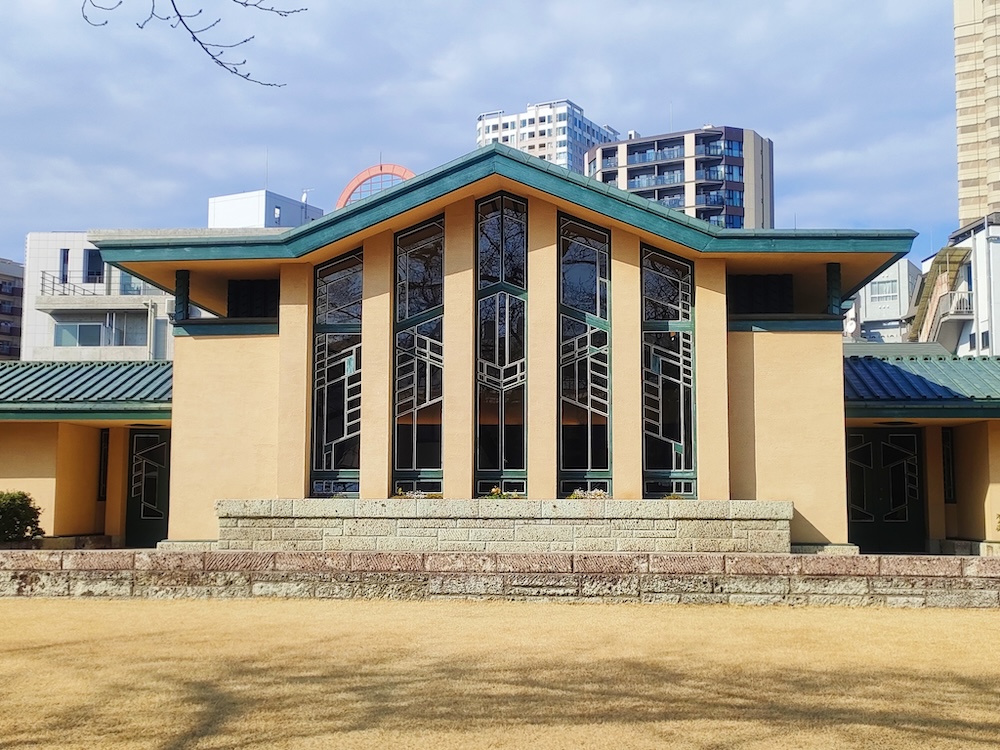
Just a five minute walk from Ikebukuro Station, we walked down a quiet street and found a peaceful space where time flows calmly.
This is Myonichikan Jiyugakuen, founded in 1921. It was founded by Hani Motoko and her husband Yoshikazu, the first Japanese female newspaper reporters, and started its history with 26 female students as a school that adopted a free education that was not governed by the school laws of the time. Myonichikan, which was built over 100 years ago, continues to live on as a "cultural asset that is preserved while being used" for a wide range of purposes, such as wedding venues, concert halls, filming locations, and meeting rooms.
Architecture by master architect Frank Lloyd Wright continues to this day
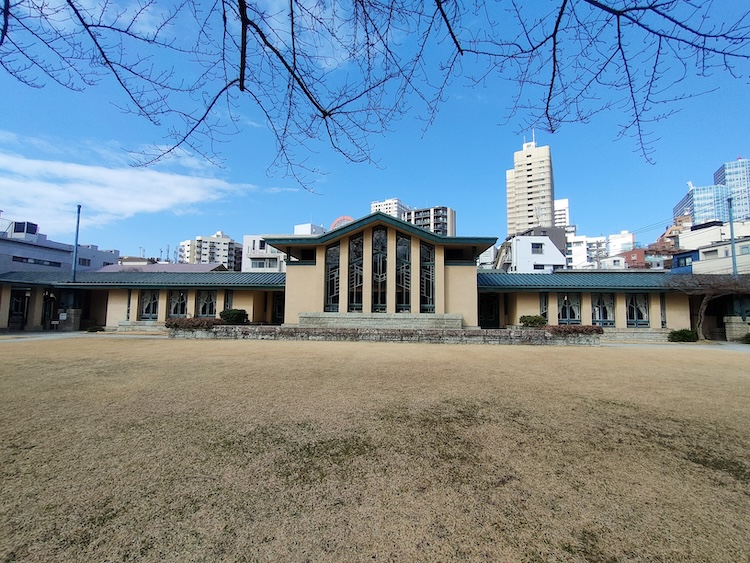
Tomorrow's Building was designed by Frank Lloyd Wright, an American architect who also designed the famous Imperial Hotel, and his apprentice, Arata Endo. The building is dotted with features used by this master architect in his early residential works, such as a horizontally extending straight line that takes the horizon into consideration, and geometric decorations that can be seen through the windows.

▲The interior of the central hall. The large window frames with their geometric designs are impressive.
Wright was in the midst of working on the design of the Imperial Hotel when he received the design for Myojinkan from the Hani couple. Although he was very busy, he readily accepted their proposal because he was deeply sympathetic to the new educational philosophy for women that the couple advocated.
A student-centered educational philosophy embodied in the building's structure
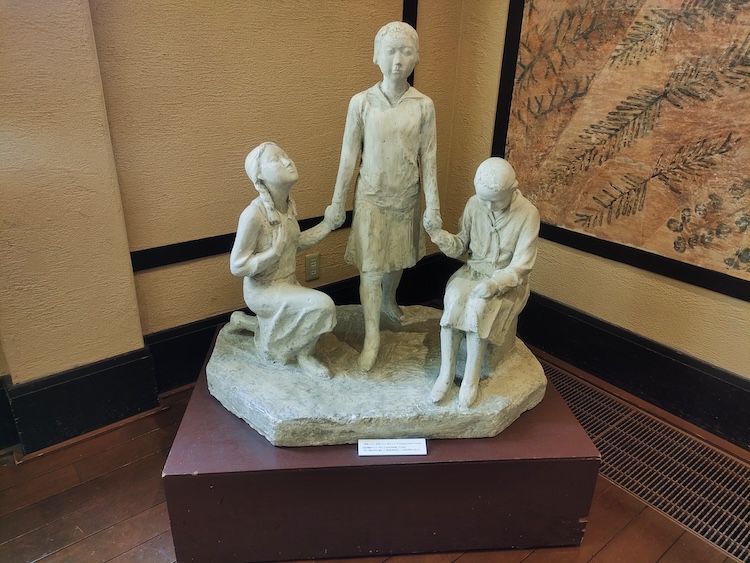
▲The sculpture expressing Jiyu Gakuen's motto, "Thinking, Living, Praying," was created by students in 1931 to commemorate the 10th anniversary of the school's founding.
At the time, when authoritarianism was mainstream, schools were generally structured with the principal's office, staff room, and other places used by teachers at the center. However, Myonichikan has the hall and cafeteria used by students at the center of the school. Influenced by Hani Motoko's Christian faith, the school architecture reflects the idea that teachers and students are all equal under God.
Remnants of the lives of female students 100 years ago
As you stroll through the building, you can sense remnants of the life of the students there at various points.
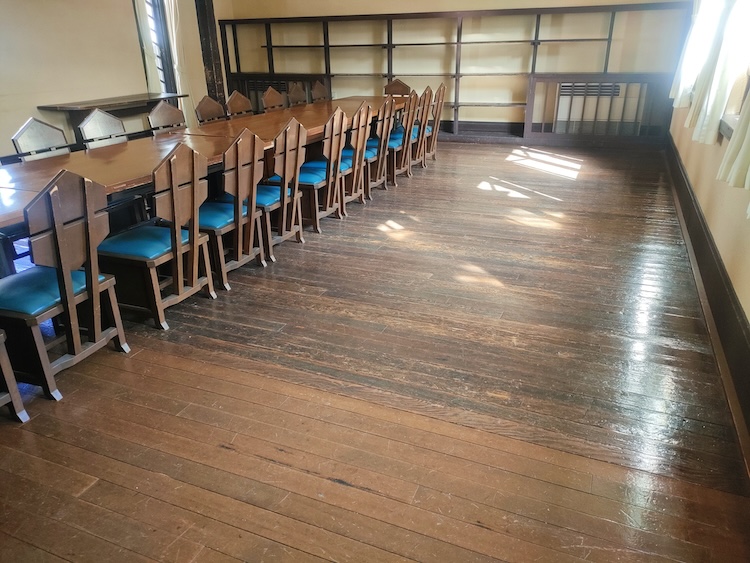
Take this classroom for example. The floorboards vary in color and texture along the way because the ones in the foreground were replaced with new ones to replace the more damaged ones during restoration work for the purpose of preservation. The floorboards in the back have been in use for over a century and are still supporting Tomorrow Hall.
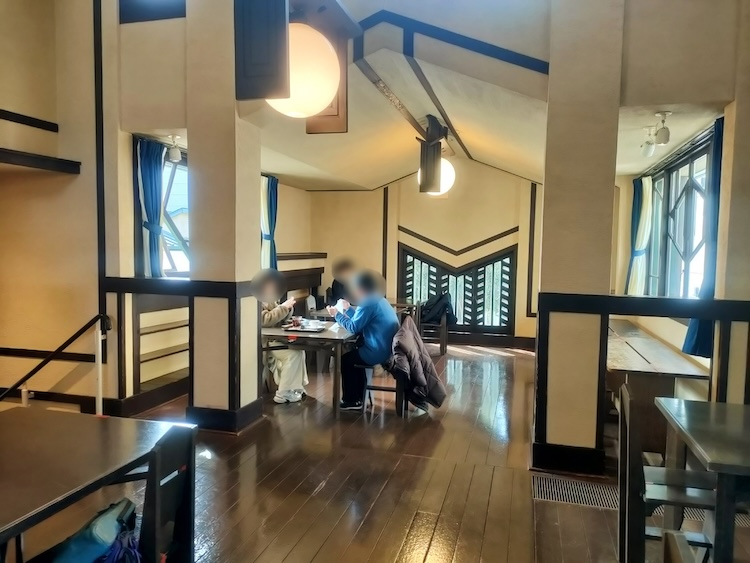
When you go up to the mezzanine floor, you will find the cafeteria. Although this place has also undergone expansion, it has been preserved exactly as it was when the school first opened. The lighting fixtures on the ceiling were designed by Wright, who felt that the space where students gathered to eat was lonely. Even today, it continues to provide a relaxing space where visitors can rest their feet as a cafe.
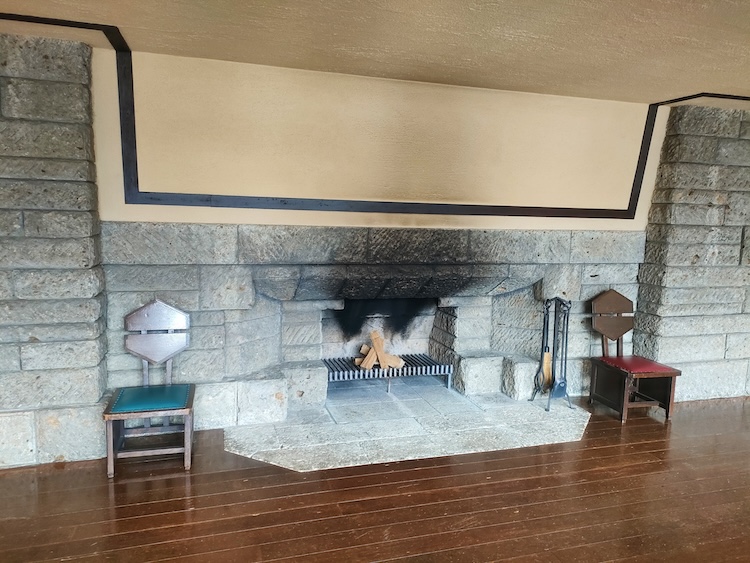
▲The six fireplaces in the building have remained since the building's founding and are still in use today.
The miracle of surviving air raids and natural disasters. Life at Myonichikan protected by love
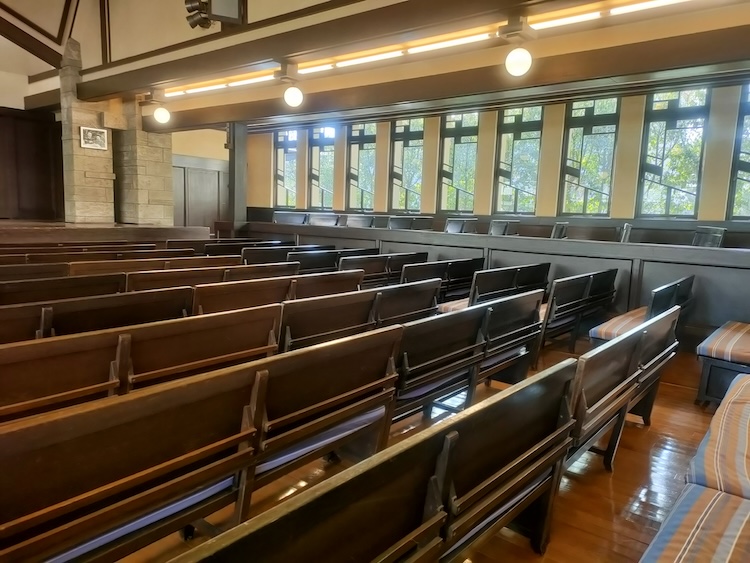
▲The auditorium across the road is used for filming movies and TV dramas, and is also a wedding venue.
During the Pacific War, the entire Ikebukuro area, except for Myonichikan and some other areas, was hit by fire and burned to the ground during air raids. Without the miraculous location and the firefighting efforts of the local residents, we may not have been able to become familiar with this school building, where you can still feel the spirit of the students at that time.
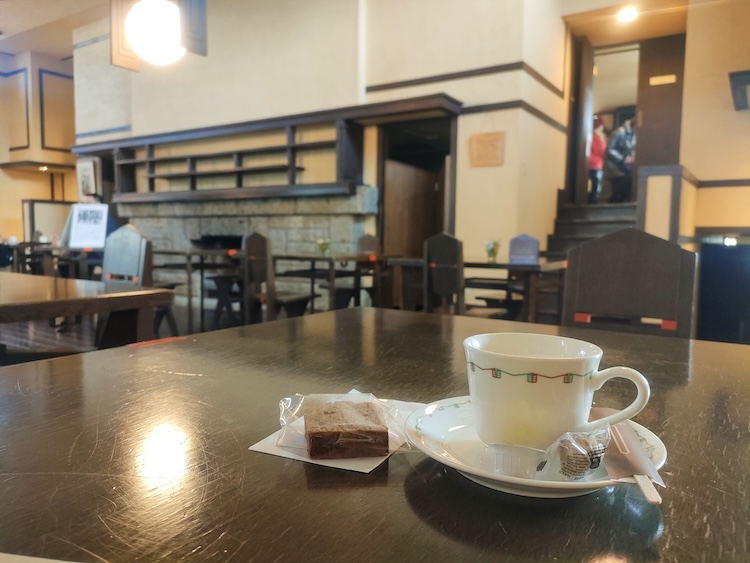
"One of the reasons we decided to preserve it in working order was to secure financial resources for preservation, but more importantly, we wanted to maintain its significance as a building," Public Relations Officer Okamoto said, explaining the underlying thought behind the preservation of Myonichikan.
"In order to preserve it, preservation and repair work was carried out with the aim of ensuring that Myonichikan will remain in the same form for the next 100 years. There are issues with scratches and deterioration that come with use, but I feel that more than that, it is the energy that visitors bring to the building that keeps it alive. If you're in the area, I hope you'll stop by and find your own favorite place at Myonichikan."
After 100 years, Jiyu Gakuen Myonichikan has passed on its message to us. Perhaps it is the historical value of the building and the deep affection it has received from so many people.

自由学園 明日館
電話:03-3971-7535
住所:東京都豊島区西池袋2丁目31-3
アクセス:
池袋駅メトロポリタン口より徒歩5分
HP:https://jiyu.jp/
SNS:https://www.instagram.com/jiyugakuenmyonichikan/
*For details on business hours and holidays, please check the link above.




